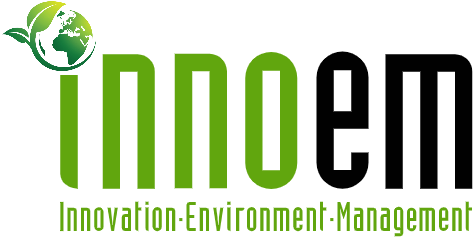Professor Carol A Adams of Durham University Business School says much remains at stake following the recent agreement between the GRI and IFRS.
On 24 March 2022, the IFRS Foundation and the Global Reporting Initiative (GRI) announced an agreement to coordinate their standard setting activities and align terminology and guidance. The unworkable notion of dynamic materiality concocted to show the relevance of bodies existing at the time has disappeared in favour of the ‘two pillars’ that the GRI CEO, Eelco van der Enden, has been speaking about. One of these pillars is reporting to a broad range of stakeholders (including investors) on the impacts of organisations on society, the environment, and economies. The other is “investor-focussed” (whatever that means) reporting for capital markets.
The IFRS Foundation/GRI agreement is quite remarkable given previous positions. While the GRI has supported the consideration of financial statement implications of sustainability matters from the outset, 18 months ago the IFRS Foundation Trustees put out a consultation paper that was dismissive of GRI.
Who stands to gain what?
The IFRS Foundation’s International Sustainability Standards Board (ISSB) stands to gain credibility that it has not yet earned with respect to sustainability and will not earn through an investor focus alone. By aligning with the GRI it stands to benefit from their experience and multi-stakeholder approach to identifying issues.
The GRI might gain more funding, for example from national governments and stock exchanges seeking to mandate a double materiality approach.
Investors will benefit from continued GRI reporting on the impacts of companies on sustainable development (which affects long term returns).
Reporters will more easily align with both sets of standards and the EU Corporate Sustainability Reporting Directive (CSRD).
Mandating of GRI reporting alongside ISSB reporting will reduce greenwash and increase accountability. All will benefit from the disappearance of ‘dynamic’ materiality and the so-called WEF indicators – which are effectively a subset of GRI indicators selected to reduce the burden of impact accountability on businesses.
Dynamic materiality referred to the progression of issues that impact the economy, environment and people to those that also affect enterprise value. A standard setter focussing on the latter only would be taking a back-to-front approach and inviting greenwash: if you don’t give priority to looking at the impacts of an organisation on sustainable development and sustainable development megatrends, you can’t pick up what’s relevant to investors.
Where to now?
Several accounting, investor and other capital market players have called for a two pillar or double materiality approach (e.g. the PRI and the Institute of Chartered Accountants of Scotland).
Others have agreed with whatever the IFRS Foundation has proposed, perhaps on the assumption that it would make their lives easier or give them more control. Time will tell how many of these will support this cooperation agreement. For example, will the International Public Sector Accounting Standards Board (IPSASB) which has committed to work closely with the ISSB, also now work with GRI and its Global Sustainability Standards Board (GSSB)? The latter would seem a more obvious fit for the public sector with its broad range of stakeholders and the imperative of considering its impacts on sustainable development.
With additional funds, the GRI would be able to do more – including better connecting its standards to the achievement of sustainable development and speeding up the development of sector standards, including a much-needed public sector standard.
The ISSB must differentiate its work programme from that which has been the purview of the GSSB. There is much for it to do in developing approaches to disclosing the financial statement implications of sustainable development risks and opportunities.
Two pillars require a bridge. Contenders are an updated Management Commentary Practice Statement incorporating multiple capitals and the Sustainable Development Goal Disclosure Recommendations (SDGD Recommendations). The Management Commentary Practice Statement is guidance on narrative reporting published by the International Accounting Standards Board. But its conceptual framing does not fit the purpose of reporting to a broad range of stakeholders nor on impacts of the reporting organisation on economies, the environment and society. A conceptually appropriate bridge should be co-created by the GSSB, IASB and ISSB.
With respect to the three scenarios I set out in October 2021: the disastrous scenario A had been avoided and we are on the way to achieving somewhere between preferred scenarios B and C. Staying on that path, arguing for both sets of standards to be mandated and maintaining a focus on the SDGs as our north star will require continued leadership of the sort demonstrated in forging the cooperation agreement. Much is at stake.

